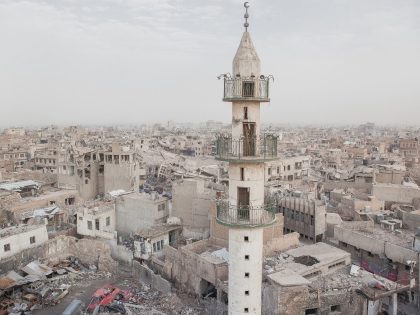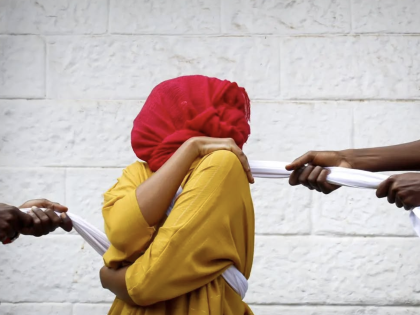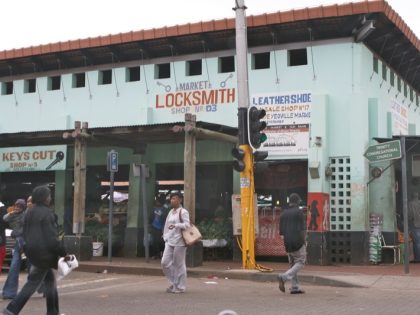Where is contemporary African art? Not at Bonhams

Bonhams must have employed some jokers to publicise their latest attempt to cash in on the buoyancy of contemporary African art in the global art market. The London auction house (est. 1793), which merged with rivals Phillips in 2001, have taken the opportunity to declare their position at the vanguard:
There has been an explosion of interest in modern and contemporary art from Africa, and Bonhams ‘Africa Now’ auction remains at the forefront of the market as the only sale of its kind globally.
By this, of course, they mean Sub-Saharan Africa; Bonhams, as most institutions in the art world, seem unconvinced that artists north of the Sahara have any relation to their southern colleagues. Almost half the lots (by my count, 79 of 215) are works by Nigerian artists. Not only this, but looking at the artists listed, you realise there is a distinct emphasis on the modern, and shockingly little idea about what the contemporary might look like in Africa. Heavy-looking sculptures and figurative paintings of women predominate. The ubiquitous El Anatsui features, as do several paintings by Ben Osaghae (‘Flesh Menu’, above, and ‘Oil Barons’), look particularly interesting.
Bonhams is, of course, only involved in the secondary market for works whose value is established, and as such, their programme is entirely driven by an aversion to risk and a preference for conservative objects, but this auction does nothing to reflect the abundance of contemporary artists working on the continent. “Whatever it is,” someone remarked at the opening of the new exhibition at the Jack Bell Gallery, “it’s not Africa now.”
* The auction is on Wednesday; if you’re in London, perhaps see Sokari Douglas-Camp talk about “What Picasso knew” (details here).



















